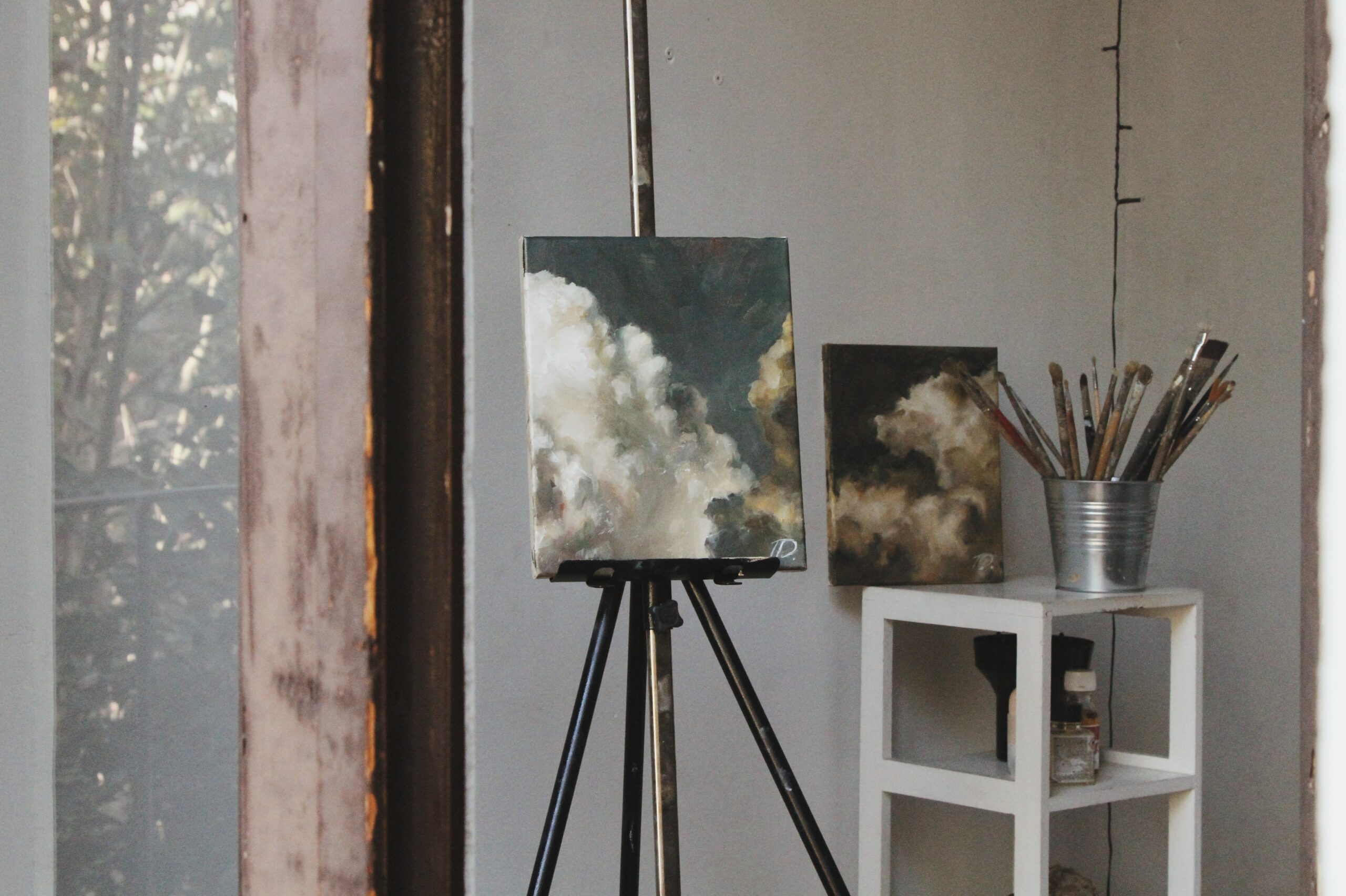When considering art appraisal and investing in artwork, there are key factors that contribute to a piece’s value. These factors are what capture viewers’ attention and evoke emotions, setting a piece apart from others. Let’s explore each factor in depth and its potential impact on the price.
Most of these reasons mostly fall into three categories. Reasons related to the :
- Artist
- Artwork
- Art industry
Let’s cover each of these reasons in detail:
Artist:
- The artist brand: Personal brand of the artist is perhaps one of the most important factors. Dive deeper into the artist’s background and reputation to gain valuable insights into the potential long-term value of a piece.
- The artist’s education & style: In addition to brand, an artist’s training, education, previous exhibitions, or awards won can contribute to their credibility within the art community.
- If the artist is alive or dead: If the artist is no longer creating work (for whatever reason) the supply becomes inelastic providing more opportunities for a high rate of return.
Artwork:
- The design: The design of the painting is vital to the valuation of the painting. A well-executed design not only captures attention but also leaves a lasting impression on collectors and enthusiasts alike. It harmonizes various elements such as color, composition, texture, and form to create a visually captivating experience.
- The subject of the artwork: Equally important is the subject matter depicted in an artwork. Whether it be landscapes that transport us to faraway places or thought-provoking abstract concepts that challenge our perceptions, subject matter adds depth and significance to artistic creation. The ability of an artwork to resonate with viewers on an emotional level often determines its lasting impact. Women Subject Matter
- The material composition of artwork: Consider the material composition of the artwork. Different mediums require specific care and handling. Paintings, for example, should be evaluated for any signs of flaking or lifting paint layers. Sculptures should be inspected for any structural weaknesses or signs of decay. By understanding the unique characteristics of the artwork’s materials, you can better assess its condition and potential longevity.
- The condition of the artwork: Equally important is assessing the condition of the artwork. Any signs of damage or deterioration should be carefully evaluated before making a purchase. Look for visible signs of wear, such as scratches, cracks, or discoloration, as these can significantly impact the overall aesthetic appeal and diminish the artwork’s worth. Furthermore, pay close attention to any indications of restoration or repair work. While some restoration can enhance the piece, it is important to gauge if it has been carried out professionally and in a manner that preserves the integrity of the artwork. Poorly executed restorations can not only compromise the visual integrity but also diminish the value of the artwork.
- Size: it’s essential to take into account the size of the artwork about your available wall space. Consider how it will fit within your existing decor and whether it will create a visual impact or complement other pieces in your collection. When considering purchasing artwork, it is essential to take into account the size of the piece about your available wall space. Ensuring that the artwork fits harmoniously within your existing decor is crucial for creating a visually pleasing and cohesive environment. Remember to account for any surrounding furniture or architectural features that may affect the overall balance and placement of the artwork.
Art Industry:
Previous Ownership & Provenance: Previous ownership can also impact an artwork’s value, as pieces with notable provenance often command higher prices. In addition to assessing the condition of the artwork, it is equally important to consider its previous ownership and provenance. The history and lineage of a piece can significantly impact its value and desirability in the art market. Artworks with notable provenance, or a documented history of ownership by renowned individuals or institutions, often command higher prices. While the aesthetic quality of a piece is undoubtedly important, the story behind it can add an extra layer of intrigue and value. Art collectors and enthusiasts are often interested in knowing who has previously owned a particular artwork. If it can be traced back to influential collectors, well-known artists, or prestigious galleries, it can enhance the piece’s reputation and increase its market value. Provenance can provide valuable context, enriching the overall appreciation and understanding of the artwork’s significance.
Furthermore, provenance can also help validate the authenticity of a piece. A documented history of ownership can establish a clear chain of custody, ensuring that the artwork is genuine and not a reproduction or forgery. This verification is particularly crucial in the art market, where authenticity is of paramount importance. Knowledge of an artwork’s provenance can also contribute to its cultural and historical significance. If a piece has been exhibited or featured in notable publications, it can become an important part of the art historical narrative. Collectors often seek out pieces with such distinguished backgrounds, as they contribute to the overall value and legacy of the artwork. In conclusion, the previous ownership and provenance of artwork can play a significant role in its value and desirability.
While considering these factors is crucial, seeking guidance from an art appraiser can provide invaluable expertise and ensure that you make informed decisions when investing in art. An art appraiser has extensive knowledge about market trends, pricing, and authenticity verification, helping you navigate through potential risks and make sound investment choices.
By consulting with an art appraiser, you can gain confidence in your purchasing decisions while maximizing your investment potential in this exciting world of art finance.





